
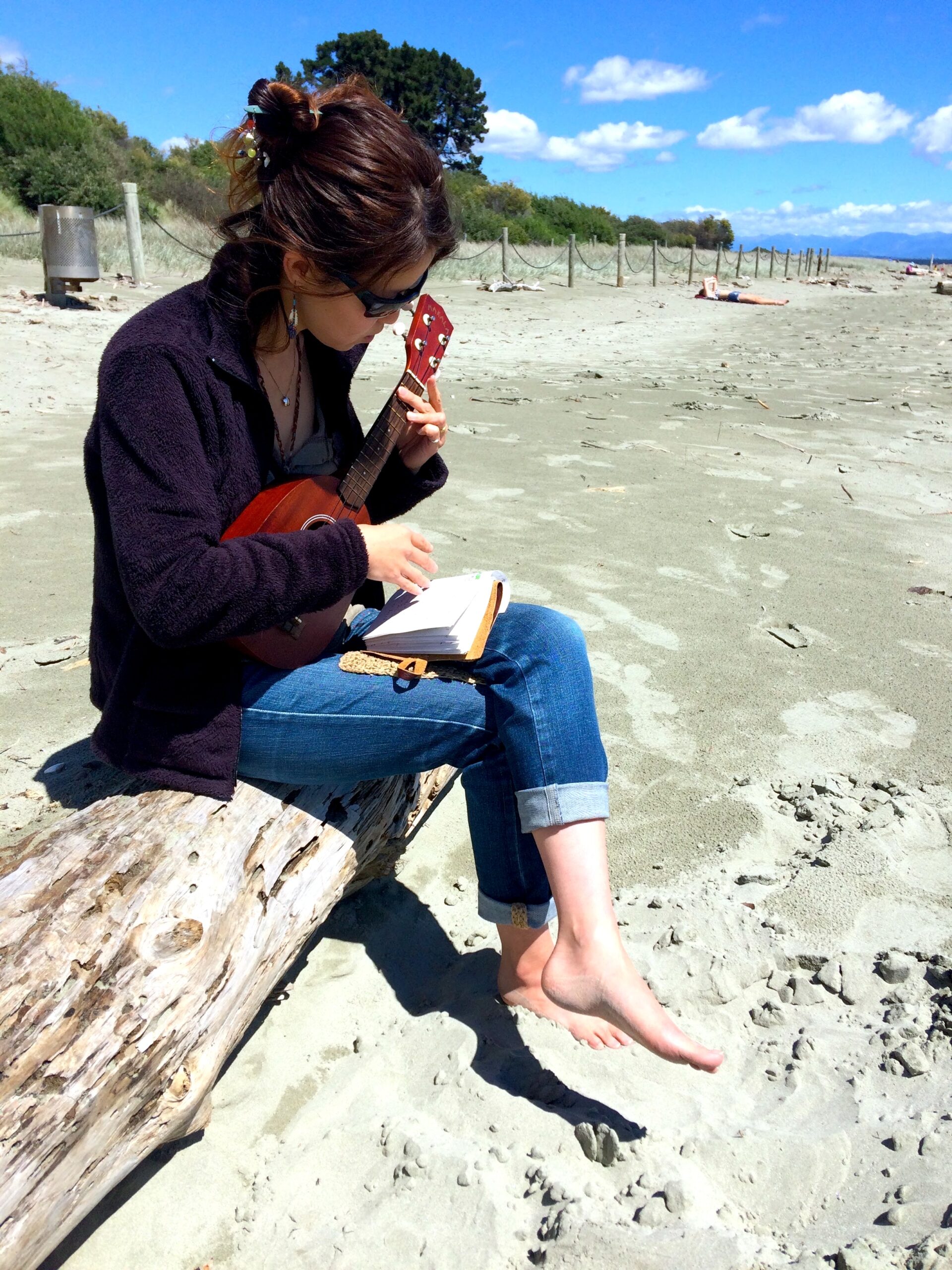
In 2025, incentive travel – or reward trips – has become a key strategy for motivating and recognizing employees. Budgets are projected to rise by over 50%, reflecting its proven impact: boosting sales productivity by around 18% and delivering strong Return on Investment (ROI).Beyond numbers, these trips create unforgettable experiences that money alone can’t provide, inspiring loyalty, morale, and a stronger company culture.
This guide explains what incentive travel is, why it’s booming in 2025, and how to design effective programs. It also highlights benefits for both employees and organizations, and shows why Japan, with its unique mix of tradition and modernity, is an ideal destination for reward trips.
What Is Incentive Travel and Reward Trips?
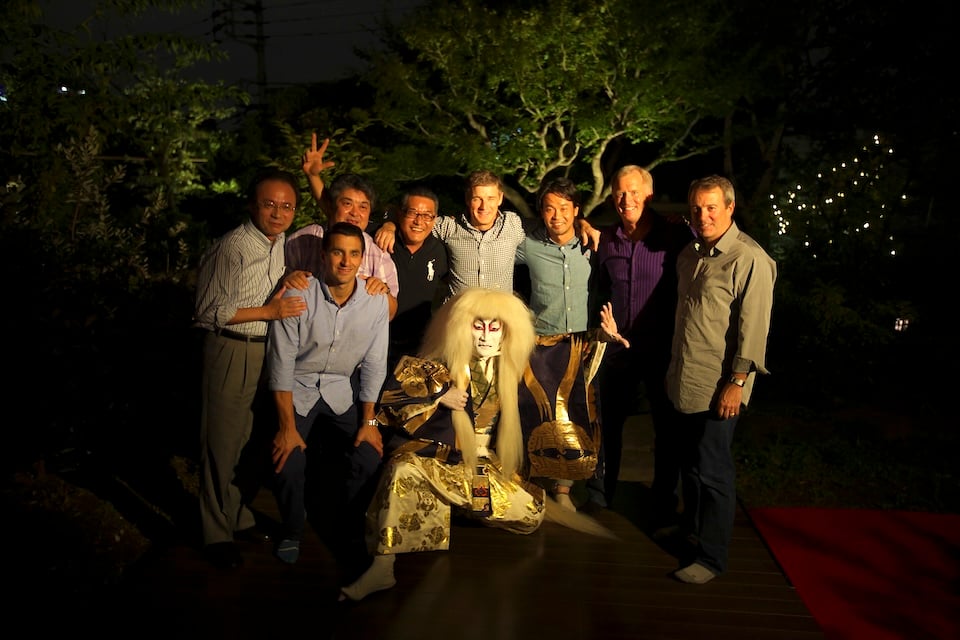
Incentive travel, also known as a reward trip, is more than a vacation—it’s a powerful business tool. To understand its impact, we’ll first define what incentive travel really means, then explore how it differs from ordinary business trips, and finally examine why so many companies are making it a central part of their strategy in 2025.
Difference Between Business Travel and Incentive Travel
It’s essential to distinguish incentive travel from ordinary business trips. Business travel is work-focused—meetings, site visits, and productivity are the goals. Incentive travel, by contrast, is purely a reward: instead of “back-to-back meetings,” it’s “You crushed it, now go enjoy!”
On a business trip, planning centers on logistics, while incentive trips focus on creating unique, enjoyable experiences such as a sunset cruise or safari. The outcomes also differ: business travel solves problems or builds client ties, whereas reward trips celebrate success, motivate employees, and strengthen loyalty. Participants return re-energized and appreciated, not weighed down by work.
Why Companies Use Incentive Travel
In 2025, incentive travel is seen less as a luxury and more as a strategic tool. Over half of executives consider it “essential” because it motivates performance, boosts engagement, and builds loyalty in ways financial bonuses often can’t.
Reward trips drive results: studies show well-designed programs boost productivity and achieve goals in over 90% of cases. They also improve retention—81% of companies use them to keep top talent—and help attract new hires by showcasing a strong, success-oriented culture. Shared experiences foster camaraderie and strengthen morale, carrying benefits back into the workplace.
In short, incentive travel is a win-win: employees enjoy unforgettable experiences, and companies gain motivated, loyal teams ready to excel.

Benefits of Incentive Travel for Employees
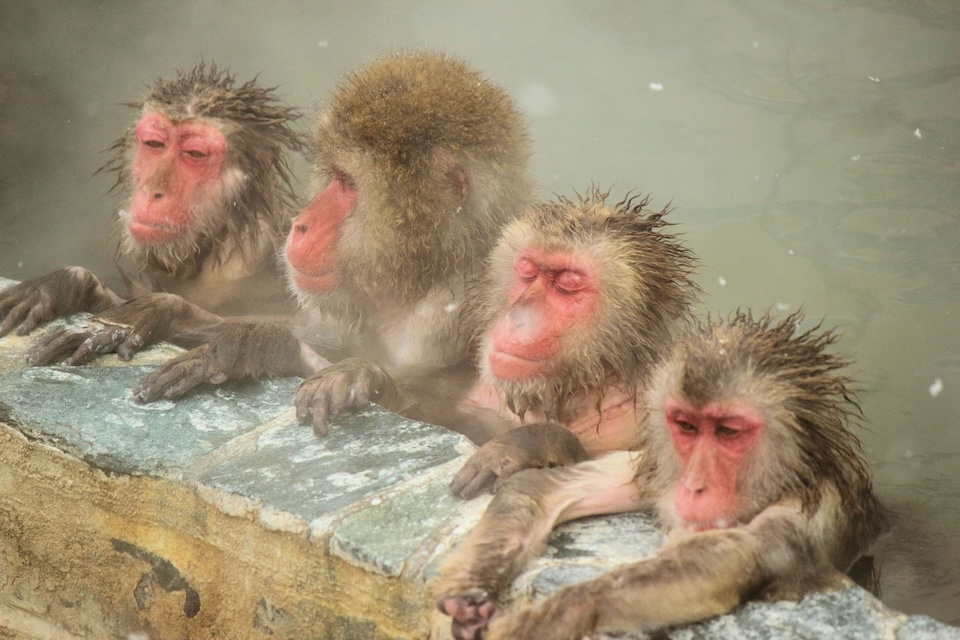
Incentive travel isn’t just a perk—it delivers real value to employees’ personal and professional lives. Beyond recognition for hard work, these trips improve well-being, create stronger team connections, and inspire personal growth.From boosting motivation to encouraging work-life balance and even sparking new career opportunities, reward trips leave employees with experiences that last far longer than the journey itself.
Motivation and Recognition
For employees, a reward trip is one of the most exciting forms of recognition, sending a clear message that their hard work is valued. Unlike cash bonuses that are quickly spent and forgotten, travel creates lasting memories and a strong sense of accomplishment. Experts note that while money fades, travel experiences leave impressions that inspire employees to aim higher.
These trips also spark healthy competition. The chance to earn a getaway—whether to Bali, Africa, or Paris—encourages ambition and office buzz about “who will qualify.” Public recognition of winners further motivates peers. For Millennials and Gen Z especially, experiences outweigh material rewards, making incentive travel a powerful way to both recognize and inspire excellence.
Work-Life Balance and Stress Relief
Incentive travel does more than motivate—it supports work-life balance and overall well-being. Many employees struggle to take proper breaks, with surveys showing over 40% leave paid vacation days unused. A reward trip gives high performers a much-needed pause, helping prevent burnout and letting them recharge. After a relaxing getaway, employees often return with renewed focus and energy.
These trips also show genuine care from the company. Offering experiences like a spa retreat or a week in nature sends the message that employees’ happiness matters, boosting morale and loyalty. Many programs allow winners to bring a spouse or enjoy extra leisure days, further supporting their personal lives. Since 60% of workers highly value paid time off, reward trips deliver that benefit in a celebratory way. In short, incentive travel combines relaxation with recognition, helping employees de-stress and return more productive—while companies benefit from stronger engagement and reduced turnover.
Opportunities for Team Connection
A major but sometimes overlooked benefit of incentive travel is the team bonding it creates. Sharing adventures—whether zip-lining, dining on a cruise, or exploring a city—builds camaraderie far beyond what’s possible in the office. Outside work mode, colleagues can relax and form genuine friendships. Even co-workers from different departments often connect during hikes or bus rides, breaking down silos and improving collaboration back at work.
Many programs also include intentional team-building, like scavenger hunts or cooking classes, which spark communication and reveal new sides of colleagues. Surveys show 45% of employees want more relationship-building opportunities on such trips, and the shared jokes and memories they bring back translate into stronger trust and cooperation. In short, incentive travel is a powerful connector, boosting workplace relationships and collective spirit.
Personal Growth and Career Development
Incentive travel often sparks personal growth that benefits careers. Experiencing new places and cultures broadens perspective, builds adaptability, and enhances cross-cultural communication. For example, traveling from the U.S. to Japan exposes employees to customs, language, and global awareness valuable in today’s business world.
These trips can also inspire new passions—trying sushi-making or snorkeling may uncover hidden talents and creativity. Even navigating unfamiliar transport boosts confidence and problem-solving skills. Surveys note that casual networking with executives or colleagues during group trips opens mentorship and collaboration opportunities. Ultimately, incentive travel helps employees return more confident, connected, and ready to grow professionally.

How to Plan and Organize an Incentive Travel Program
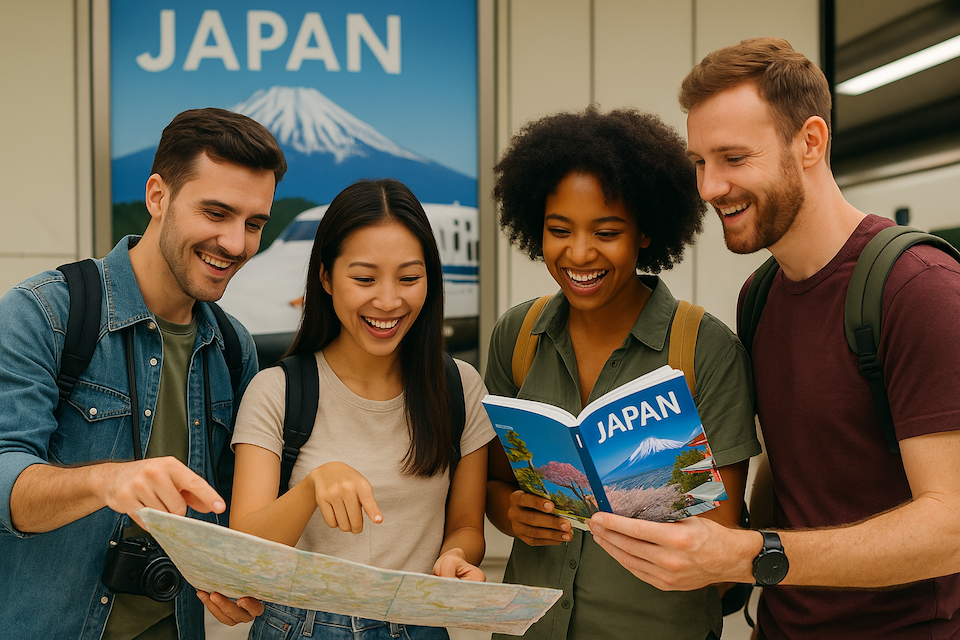
Creating an effective incentive trip requires more than picking a nice destination—it’s about building a program that motivates and runs smoothly. To achieve this, companies must define clear goals, choose destinations that inspire, manage budgets carefully, and design activities that balance fun with safety.
The following steps outline how to plan each element so your reward trip delivers maximum impact for both employees and the organization.
Setting Clear Goals and Criteria
An effective incentive travel program starts with clear, measurable goals and fair, transparent criteria. Objectives such as “increase sales by 20%” or “improve customer satisfaction by 15%” keep the program aligned with business priorities. Once targets are set, communicate them clearly so every employee knows what the reward is, how to qualify, and why it matters. Defined goals not only motivate performance but also make it easier to evaluate success and demonstrate ROI.
Selecting the Right Reward Trip Destinations
Choosing a destination is exciting but requires balance between employee appeal and company values. The ideal spot could be a beach, cultural city, or adventure trip, but it should also align with organizational goals.
Linking choices to objectives—like teamwork at a ski resort or innovation in a tech hub—adds meaning. Practical factors such as budget, distance, season, and safety must also guide the decision. By blending motivation with logistics, you create a destination that feels rewarding and truly memorable.
Budgeting and Cost Management
A strong incentive travel program relies on smart budgeting and clear priorities. Set per-person or overall limits, save with group discounts or off-season travel, and include essentials plus a 10–15% contingency. Balance luxury with practicality—unique cultural or group experiences often provide more value than luxury hotels—while keeping ROI central so the program stays rewarding and sustainable.
Designing Memorable Activities and Experiences
A successful incentive trip is shaped by memorable activities and balance. Mix relaxation, bonding, and adventure with unique experiences employees wouldn’t arrange themselves, such as private tours or artisan workshops. Keep schedules light—one main activity and meal daily—since free time is highly valued. Communicate plans clearly, prepare backups, and ensure accessibility. Personal touches, like surprise guests or welcome notes, make the trip special and unforgettable.
Risk Management and Safety Considerations
Safety must always come first. Check advisories, healthcare access, and visa or vaccination needs, and make sure everyone has insurance. Give attendees clear guidelines, assign a coordinator for issues like delays, and confirm vendors are licensed. Simple measures such as waivers, buddy systems, and cultural orientation keep the trip safe, smooth, and enjoyable.
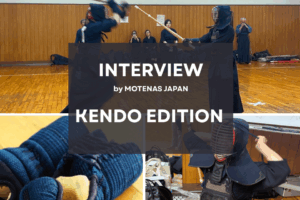
Why Japan is Perfect for Incentive Travel
Japan has quickly become a top destination for incentive trips thanks to its blend of tradition and modern innovation. Named the world’s favorite travel destination in 2023 and 2024, it welcomed a record 36.9 million visitors in 2024, showing its strong appeal. From neon-lit cities and tranquil hot springs (温泉, onsen) to cultural traditions and futuristic tech, Japan offers experiences for every taste, all supported by its renowned hospitality (omotenashi) and safety.
For many, visiting Japan is a once-in-a-lifetime reward. Whether drawn to samurai heritage, geisha culture, anime, or robotics, travelers can find something inspiring. With excellent infrastructure and smooth group logistics, Japan ensures incentive trips are both motivating and memorable. The following sections showcase cultural and team-building experiences that make Japan an extraordinary choice for reward travel.
Tea Ceremony in Kyoto
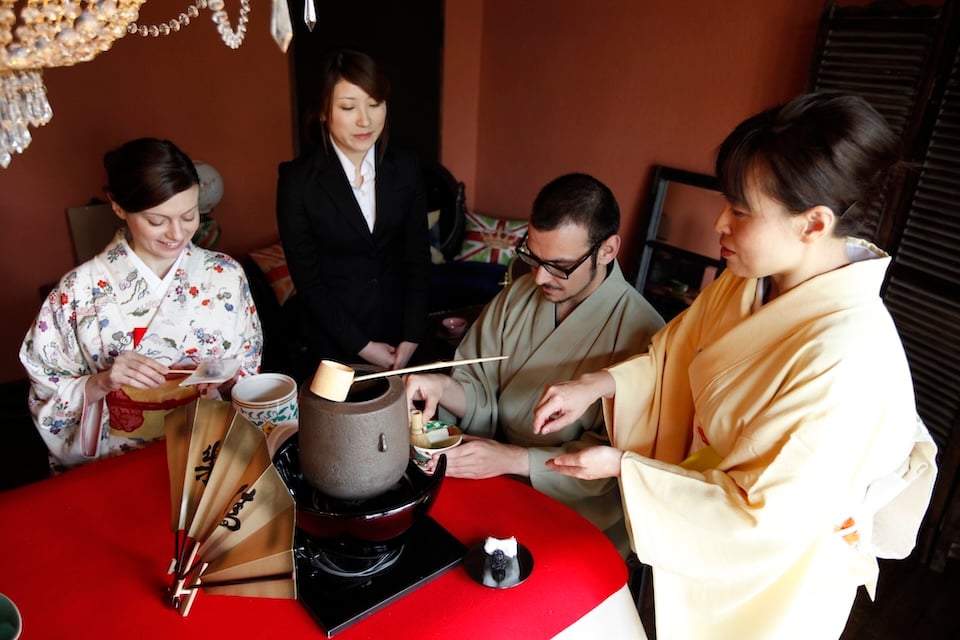
A tea ceremony (茶道, sadō) in Kyoto offers a quintessential glimpse into Japan’s spirit of omotenashi (hospitality). Guided by a tea master, participants remove shoes, sit on tatami mats, and watch matcha prepared with grace and precision. Every gesture, from bowing to holding the tea bowl, reflects mindfulness and respect, creating a calm, meditative experience.
For incentive groups, the ceremony can be held in a historic teahouse or temple garden, with options for guests to whisk their own tea or even wear a kimono. A bilingual guide can explain the symbolism, helping participants connect more deeply with the tradition. Beyond cultural immersion, it also works as a team-building exercise—teaching patience, attention to detail, and shared appreciation. Attendees leave not just with the taste of matcha, but with a lasting lesson in mindfulness and hospitality.
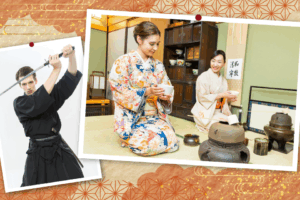

Stay at a Ryokan

For a unique accommodation, consider a stay at a ryokan (旅館, ryokan, traditional Japanese inn) in places like Hakone or Kyoto. Guests sleep on futons over tatami mats, enjoy kaiseki multi-course meals, and relax in natural hot springs (温泉, onsen)—an authentic experience far from a standard hotel.
Ryokans often sit in scenic spots, where guests wear yukata (浴衣, yukata, casual kimono) for evening strolls or soak in outdoor baths with mountain views. The attentive service, from tea served in-room to warm greetings, reflects true omotenashi. Sharing this tradition fosters bonding, whether learning to wear a yukata or trying a public onsen. Group dinners of seasonal dishes around low tables enhance both cultural immersion and camaraderie. A night or two in a ryokan offers relaxation, authenticity, and a lasting highlight of the incentive trip.s flora and fauna, as well as traditional mountain cuisine.

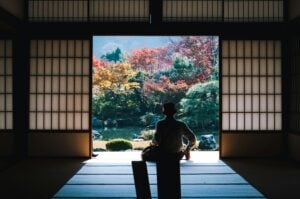
Sushi-Making Workshops
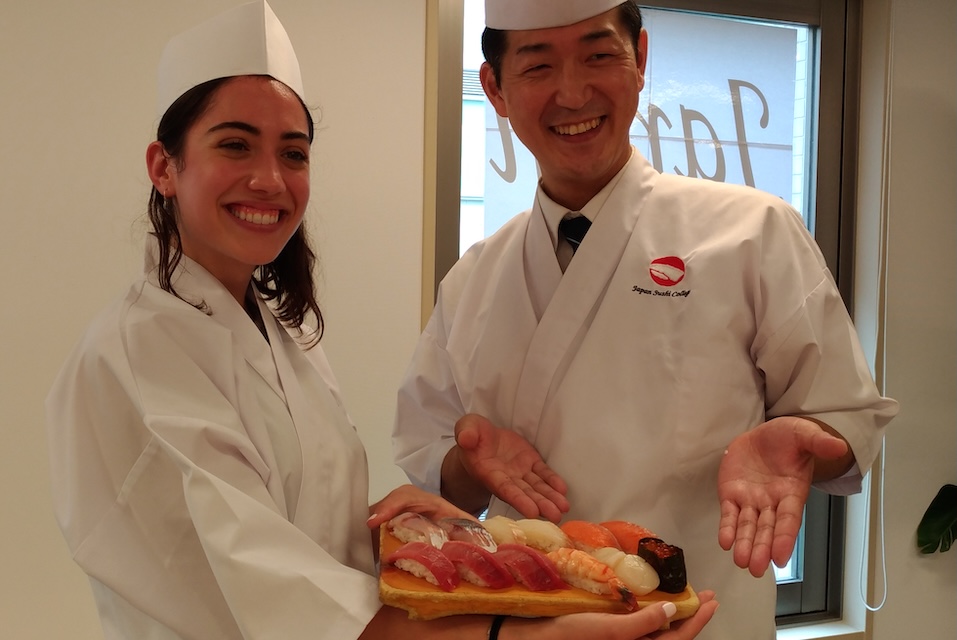
Japan is a food lover’s paradise, and a sushi-making workshop is a perfect way to experience its cuisine. In Tokyo or Osaka, skilled chefs guide participants through preparing rice, slicing fish, and shaping nigiri and rolls. It’s hands-on, often full of laughter, and serves as both cultural immersion and team-building.
Workshops end with everyone enjoying their creations, turning the effort into a rewarding meal. The activity suits all personalities—foodies dive in, while others enjoy the novelty and friendly competition, sometimes with a prize for the best roll. Participants also gain cultural insights, like why rice is fanned or which fish pair best. With vegetarian or cooked sushi options, everyone can join. This experience ensures that every time employees eat sushi again, they’ll recall the fun they shared together in Japan—a memorable class blending food, culture, and connection.
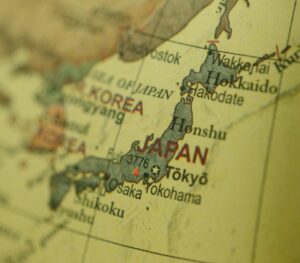
Sake Tasting at Breweries

For a cultural and indulgent experience, arrange a sake (日本酒, nihonshu, Japanese rice wine) tasting at a traditional brewery. Famous regions like Niigata, Kyoto (Fushimi), and Hiroshima host centuries-old breweries where teams can tour the facilities, smell fermenting rice, and learn the craft behind Japan’s national drink.
The highlight is tasting a variety of sake—from crisp and dry to fruity, aromatic, or even sparkling. Guides explain aromas, flavor notes, and food pairings, turning the session into both education and relaxation. Toasts of “Kampai! (乾杯, kanpai, cheers)” spark lively conversation, making it a great bonding activity. Some breweries add twists like blending your own sake or stamping bottle labels as souvenirs. Guests often leave with a new appreciation for sake—and fond memories of sharing this iconic Japanese tradition together.

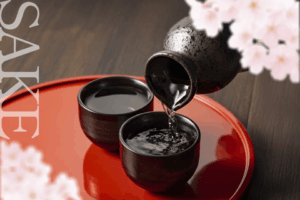
Exclusive Tech Tours in Tokyo
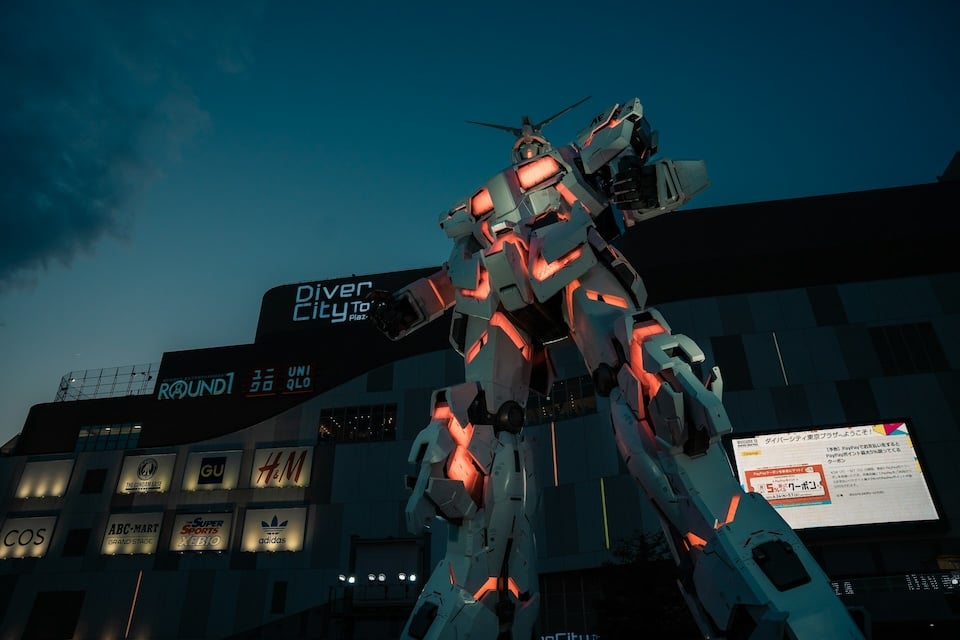
Tokyo’s futuristic side is a huge draw, especially for tech-savvy groups. Exclusive tours can take your team inside major tech showrooms like Toyota’s Mega Web, the Panasonic Center, or Akihabara’s gadget hubs. Some programs even include behind-the-scenes access to robotics labs, factories, or Q&A sessions with engineers—an insider look the public rarely sees.
These tours are both inspiring and educational, highlighting Japan’s leadership in AI, robotics, and high-speed rail. Teams might also enjoy iconic sights like Odaiba’s life-sized moving Unicorn Gundam or interactive demos of smart home and self-driving tech. To balance innovation with fun, add stops at a VR arcade or the immersive TeamLab Borderless museum. This mix of cutting-edge access and playful tech experiences makes the day memorable and motivating, leaving participants energized with new ideas.
Robotics Team-Building Activities

Japan offers exciting robotics-themed team-building options. In Tokyo or Osaka, groups can join workshops to build simple robots or program kits, fostering collaboration and creativity in a fun, hackathon-like setting. Watching robot sumo matches or private demonstrations of battling robots is another thrilling choice, combining entertainment with healthy competition.
For a more educational angle, visits to robotics labs or the National Museum of Emerging Science and Innovation (Miraikan) let teams see humanoid robots like ASIMO or Pepper in action. Even casual interactions with robot assistants in tech malls can be turned into scavenger hunts. These activities highlight Japan’s innovative culture while strengthening teamwork, leaving participants with memorable stories and a renewed spirit of collaboration.
Cycling the Shimanami Kaido
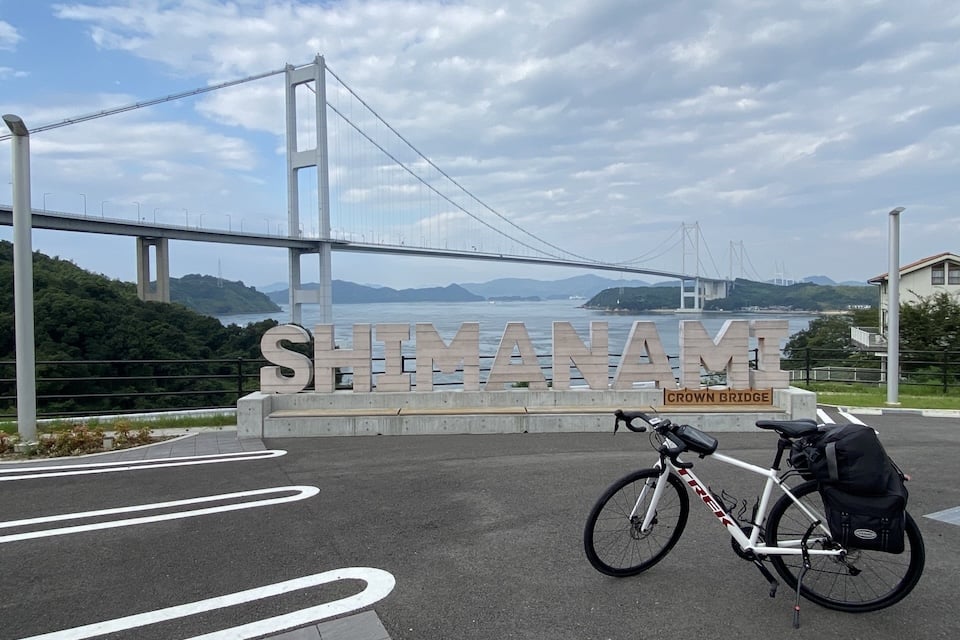
The Shimanami Kaidō cycling route spans 70 km (43 mi) across the Seto Inland Sea, linking Honshū and Shikoku with a chain of scenic bridges. For incentive groups, even riding part of the route offers breathtaking views and the thrill of crossing suspension bridges over sparkling waters.
Cycling together in this environment creates powerful team bonding, with stronger riders encouraging others and everyone celebrating shared milestones. The path is safe, well-marked, and equipped with rentals, including e-bikes. Along the way, groups can enjoy local citrus treats or seafood, and capture memorable photos on iconic bridges.
The activity is flexible—shorter rides or support vans make it accessible to all fitness levels. Completing even a portion gives teams a strong sense of achievement, symbolizing unity and collaboration. With the natural beauty of the islands and the joy of shared adventure, the Shimanami Kaidō is sure to be a highlight of any incentive trip.
Hiking in the Japanese Alps
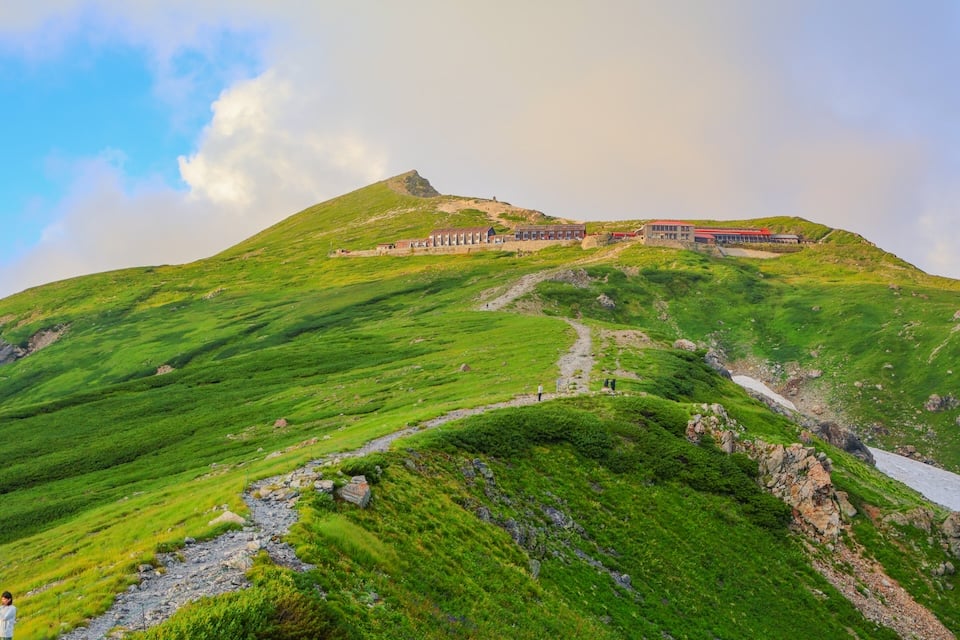
For adventurous teams, the Japanese Alps offer an inspiring reward trip. Regions like Nagano, Gifu, and Toyama feature trails with lush forests, clear streams, and snow-capped peaks. Kamikōchi (上高地, Kamikōchi), often called Japan’s Yosemite, has gentle riverside paths with views of 3,000-meter (~9,843 ft) peaks, perfect for group hikes.
Walking together in fresh air encourages natural conversation and camaraderie, while reaching a viewpoint feels like a shared victory. Options can be tailored to fitness levels, from easy strolls to more challenging ascents, with guides adding insight into local wildlife and folklore.
Equipped with good shoes and cameras, teams can aim for landmarks like Myōjin-ike (明神池, Myojin-ike) or a suspension bridge before enjoying a picnic. Nearby hot spring towns such as Hirayu Onsen (平湯温泉, Hirayu Onsen) or Takayama (高山, Takayama) provide the perfect post-hike relaxation. This blend of wellness, adventure, and awe-inspiring scenery makes hiking in the Japanese Alps a rewarding bonding experience.
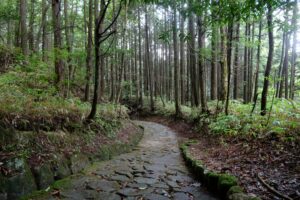
VIP Cultural Tours in Kyoto and Tokyo
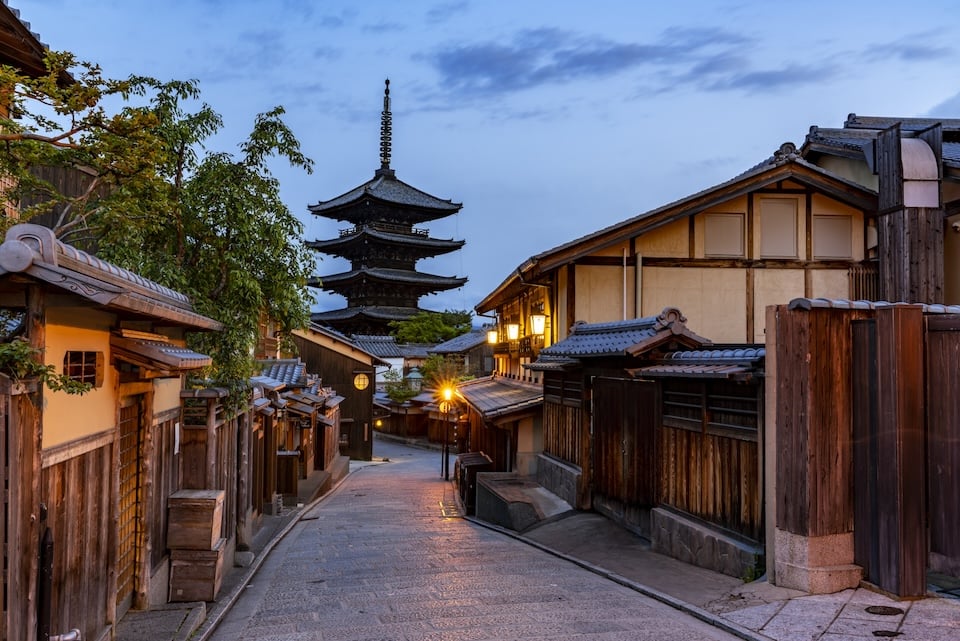
To make an incentive trip truly special, arrange exclusive cultural experiences in Kyoto and Tokyo. In Kyoto, teams can enjoy a private ozashiki (宴席, ozashiki) with geiko or maiko, offering dance, conversation, and traditional games. Exclusive access to temples, such as early entry to Kiyomizu-dera (清水寺, Kiyomizu-dera) or a monk-led tour of a Zen garden, provides intimate encounters with Japan’s heritage.
In Tokyo, VIP options include visits to sumo stables for morning practice, private samurai or ninja demonstrations, or curated food tours like sushi breakfasts at Toyosu Fish Market (豊洲市場, Toyosu Shijō). A guided evening through Golden Gai (ゴールデン街, Gōruden-gai)’s hidden bars can also be arranged.
These insider experiences, away from crowds, give participants a rare glimpse of Japan’s cultural heart. They foster a sense of privilege and appreciation, leaving employees with lasting memories and a deeper connection to Japanese tradition.
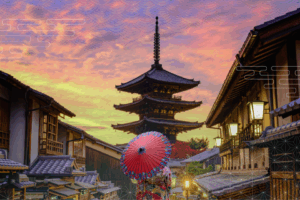
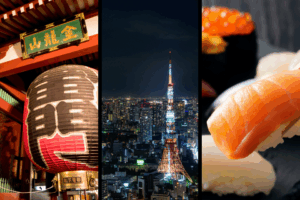
Nightlife Experiences in Osaka
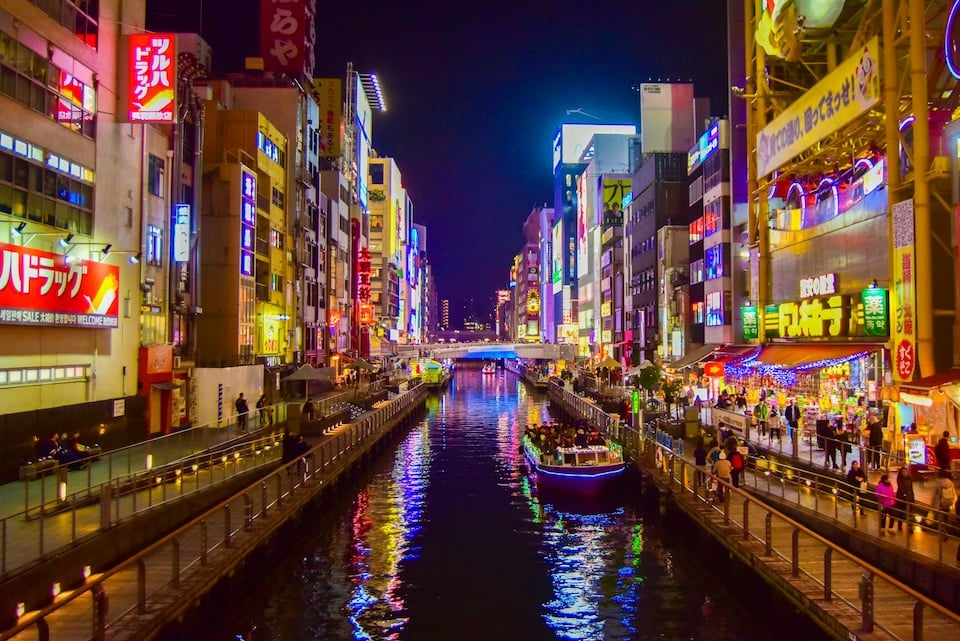
Osaka, famous for its food and lively spirit, is the perfect spot to experience Japan’s nightlife. In Dōtonbori (道頓堀, Dōtonbori), teams can join guided food tours, sampling takoyaki (たこ焼き, takoyaki) and okonomiyaki (お好み焼き, okonomiyaki) under neon lights. The casual atmosphere sparks laughter and friendly challenges, making dinner an event in itself.
Afterward, head to a karaoke box in Namba (難波, Namba) or Umeda (梅田, Umeda). A private room lets colleagues sing freely, breaking down barriers and building camaraderie. For variety, smaller groups might explore izakaya (居酒屋, izakaya) alleys, comedy clubs, or rooftop bars with city views.
What makes Osaka nightlife stand out is its warmth—locals are outgoing, often joining in with a cheerful Kanpai! (乾杯, Kanpai, cheers). This shared evening of food, drinks, and music gives the trip a celebratory finale, leaving teams bonded and energized.
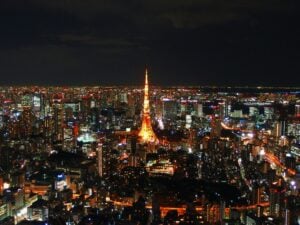
Final Tips for Implementing Successful Incentive Travel Programs

Evaluating Program Success with Metrics and Feedback
After the trip, measuring success and ROI is crucial. Check key metrics like sales growth or retention compared to benchmarks, and gather employee feedback through quick surveys. Testimonials highlight value, while critiques guide improvements. Also note the ripple effect—are non-winners more eager to qualify? Together, data and feedback give a clear picture and strengthen future programs.
Avoiding Common Mistakes in Incentive Travel
Incentive travel can falter without planning. Common pitfalls include poor budgeting, mismatched schedules, and ignoring participant interests. Clear communication on logistics and contingency plans for delays or issues are essential. Afterward, keep momentum by recognizing winners and applying feedback. With smart preparation and tailored activities, reward trips remain motivating and smooth.nd smooth.
Future Trends in Incentive Travel for 2025 and Beyond
Incentive travel is shifting toward personalization, sustainability, and wellness. Companies now offer flexible trip options, eco-friendly choices, and wellness elements like yoga or spa time.
Millennials and Gen Z seek authentic cultural experiences and free time, while tech tools—apps, AI, and VR— make planning and participation seamless. The future blends choice, responsibility, and innovation, keeping incentive trips motivating and relevant.
The Lasting Power of Incentive Travel

Incentive travel is far more than a free getaway—it’s a proven strategy to boost motivation, strengthen teams, and fuel business growth. These trips provide recognition, adventure, and shared memories that drive loyalty and performance.
Well-designed programs recharge individuals, deepen team bonds, and inspire even non-participants to aim higher. Companies, in turn, see stronger retention, higher productivity, and a reputation as employers that truly value their people. It’s no surprise that leaders now view incentive travel as essential to both culture and success.
MOTENAS JAPAN designs unforgettable incentive travel experiences. Contact us today to start planning your journey.

旅をこよなく愛するWebライター。アジアを中心に16の国にお邪魔しました(今後も更新予定)。
ワーホリを機にニュージーランドに数年滞在。帰国後は日本の魅力にとりつかれ、各地のホテルで勤務。
日本滞在が、より豊かで思い出深いものになるように、旅好きならではの視点で心を込めてお届けします!





